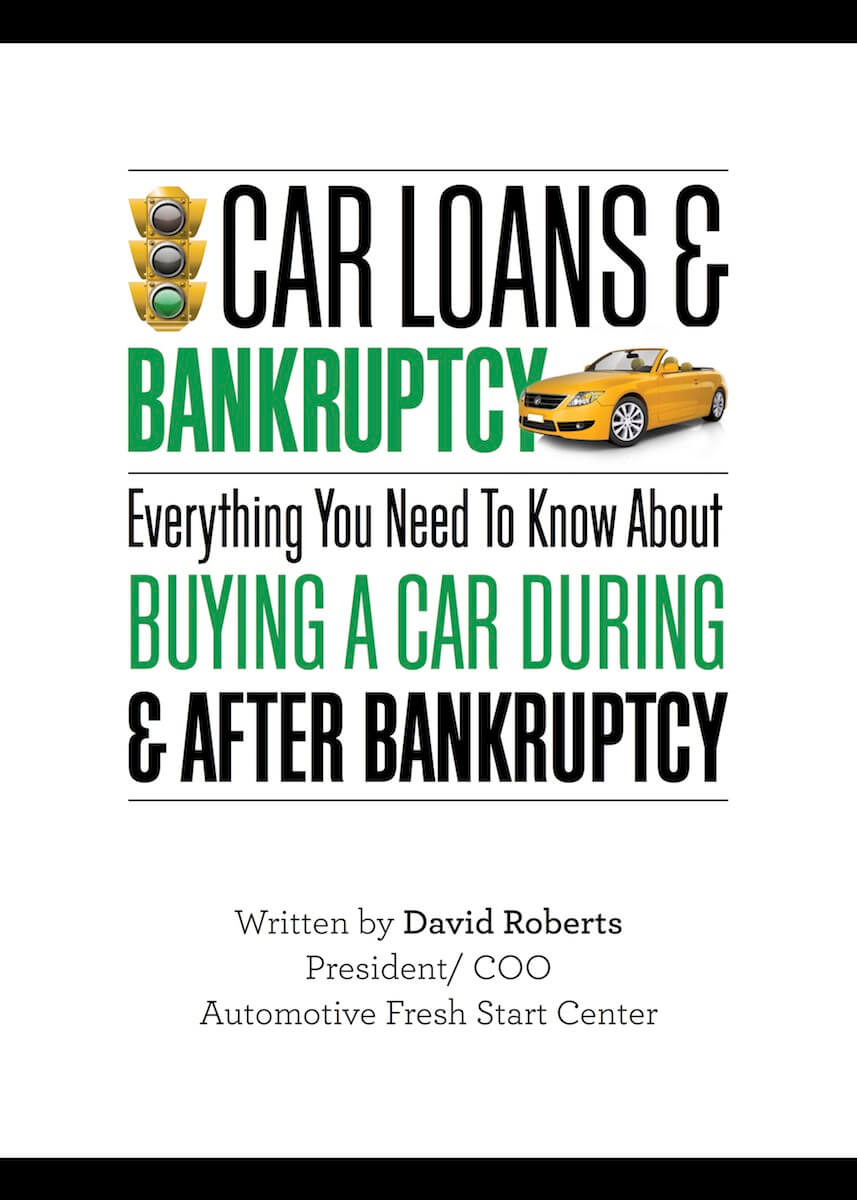SHOULD I DISMISS MY BANKRUPTCY?
Chapter 13 cases are typically a 5 year commitment. 5 years of committing all income to living expenses as budgeted and the plan payments. That means that almost everything has to go perfectly in your life for 5 years in order to make the plan a success.
But what happens when there are increased expenses or a loss of income and the Chapter 13 Plan is in jeopardy? Should you just ask the Court to dismiss the case and re-file a new 13 to start over? Unfortunately, that is not as simple as it sounds.
One of the quirks of the Bankruptcy Code is that you really need to have the case dismissed by the Trustee for failure to make your payments, instead of just speeding up the process and requesting to dismiss the case on your own. But, why should there be a difference? The answer lies in section 109 of the Bankruptcy Code.
11 U.S.C. § 109(g)(2) provides as follows:
(g) Notwithstanding any other provision of this section, no individual or family farmer may be a debtor under this title who has been a debtor in a case pending under this title at any time in the preceding 180 days if–
(2) the debtor requested and obtained the voluntary dismissal of the case following the filing of a request for relief from the automatic stay provided by section 362 of this title [11 USCS § 362].
11 U.S.C. 109(g)(2)(2013).
Some courts have interpreted this section to mean that if any creditor, at any time in the previous Chapter 13, filed a Motion for Relief, then the second case must be dismissed if the first case was voluntarily dismissed. This is true even if the Motion for Relief was denied, withdrawn or ended up being just an adequate protection order.
However, the above provision has also been interpreted to require “causation” as a result of the filing of the Motion for Relief. The filing of the Motion for Relief does not, in and of itself, give rise to the automatic dismissal provisions of sec. 109(g)(2). See, In re Milton, 82 BR 637 (Bankr.S.D Ga 1988). (“Debtor’s subsequent dismissal and refiling of Chapter 13 case does not violate provisions of 11 USCS § 109(g) because as of date of refiling there was, legally speaking, no pending motion for relief from stay that was unresolved in previously filed and dismissed Chapter 13 case.”); In re Copman, 161 B.R. 821, 824 (Bankr. E.D. Mo. 1993) (finding “no connection” between the debtor’s voluntary dismissal of the case and the creditor’s request for relief from stay).
The causation approach is that § 109(g)(2) was enacted “for the sole purpose of curbing abusive repetitive bankruptcy filings by debtors seeking to overcome the grant of relief to a creditor from a stay in a prior case” and the statutory language is a direct response to that concern. In re Beal, 347 B.R. 87, 92 (Bankr. E.D. Wis. 2006) (citing S.Rep. No. 65, 98th Cong. 1st Sess. 74 (1983)); See also, In re Durham, 461 B.R. 139, 142 (Bankr.D.Mass. 2011) (following causation approach and dismissing case where relief from stay was granted to mortgage lender prior to initial case being dismissed).
CONCLUSION
Be careful when requesting a dismissal of any type of bankruptcy filing. You really have to know how the judges interpret this section and be aware of any pending motions for relief when you consider a voluntary dismissal.
At Mickler & Mickler, we attend Court on a regular basis. We have the experience and knowledge to ensure that you receive the correct advice when confronted with difficult financial decisions related to filing bankruptcy. Contact us at 904.725.0822 or bkmickler@planlaw.com.
